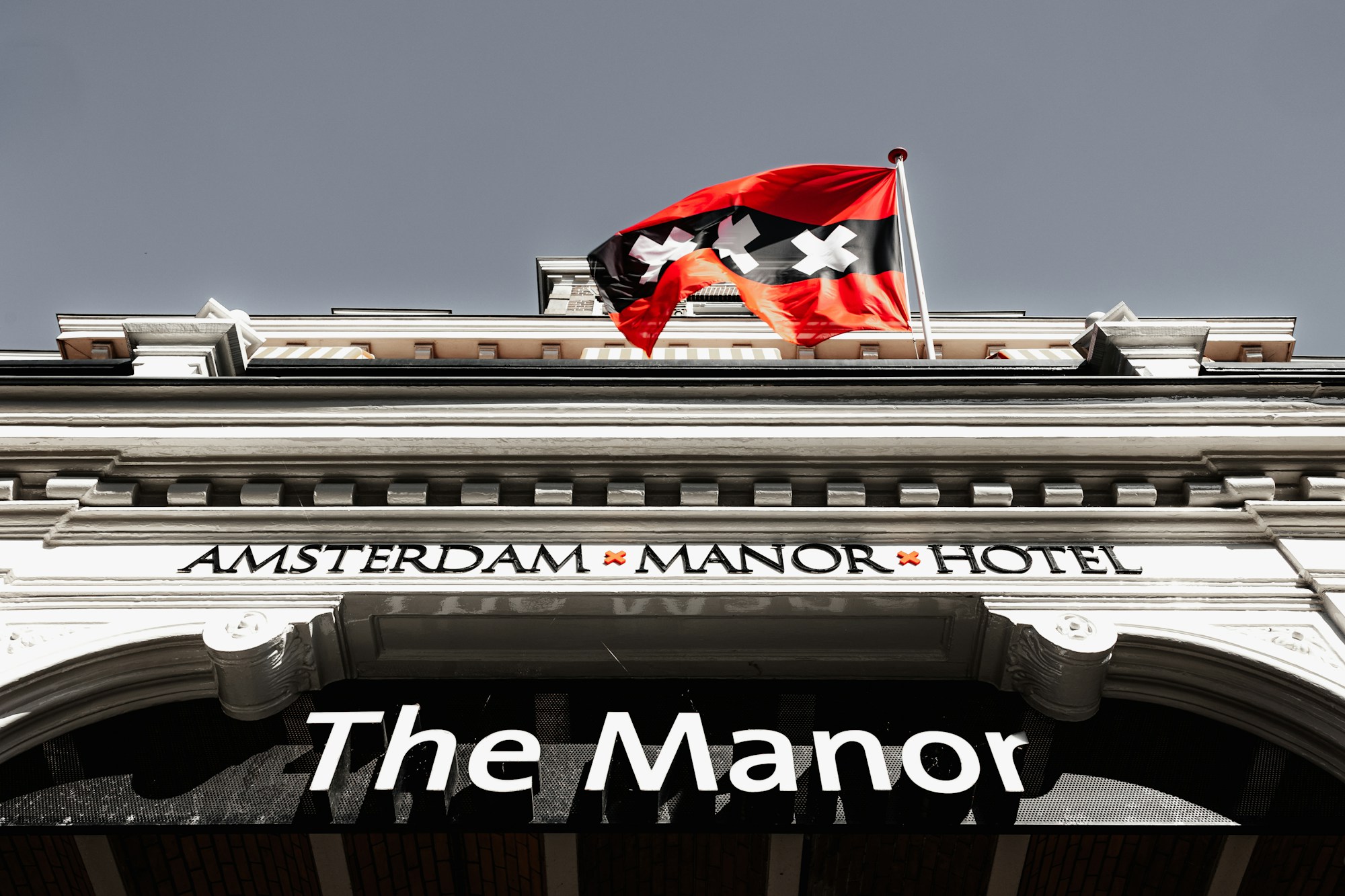Amsterdam, known for its picturesque canals and vibrant cultural scene, holds the distinction of being the Netherlands‘ largest city and its capital. The predominant language spoken here is Dutch, reflecting the country’s national linguistic identity. The city’s role as the national capital is officially recognized in the Netherlands’ constitution, highlighting its significant status.
With a population that reaches approximately 820,256 within the city’s confines, Amsterdam is a bustling urban hub. This number expands to 1,209,419 when considering the urban area, and further swells to 2,289,762 in the metropolitan region, indicating a dense and diverse population. Situated in the province of North Holland, Amsterdam finds itself in the western part of the country, which contributes to its unique geographical and cultural character.
Amsterdam: A Cultural and Historical Overview
Amsterdam’s rich history and cultural heritage make it a significant European city. It emerged as a small fishing village in the late 12th century and gradually evolved into one of the most important ports in the world during the Dutch Golden Age in the 17th century. This era witnessed a surge in arts and trade, leaving an indelible mark on the city’s architecture and cultural landscape.
The City’s Architectural Marvels
The city is renowned for its well-preserved historic homes and buildings, many of which line the iconic canals. Amsterdam’s canal ring, a UNESCO World Heritage Site, showcases an intricate network of waterways, bridges, and pathways, offering a unique urban landscape. The city’s architecture is a blend of various styles, from Renaissance to modern, reflecting its evolution over the centuries.
Cultural Richness and Diversity
Culturally, Amsterdam is a treasure trove. It is home to numerous museums and art galleries, including the famous Rijksmuseum, Van Gogh Museum, and the Anne Frank House. These institutions house some of the world’s most famous artworks and historical artifacts, attracting millions of visitors annually.

Economic and Social Aspects
Amsterdam’s economy is diverse and robust, anchored by sectors such as finance, trade, and tourism. The city is a global financial center and hosts several multinational corporations and banks. Tourism also plays a crucial role in the city’s economy, with visitors drawn to its historical sites, cultural institutions, and vibrant nightlife.
Demographics and Society
The population of Amsterdam is characterized by its multicultural and international composition. This diversity is reflected in the city’s culinary scene, social life, and cultural events, which showcase influences from around the world. Amsterdam is known for its progressive social policies and high quality of life, making it an attractive destination for both visitors and residents.
Environmental Initiatives
In recent years, Amsterdam has emerged as a leader in sustainable urban living. The city has implemented various green initiatives, including extensive cycling infrastructure, renewable energy projects, and sustainable building practices. These efforts position Amsterdam as a model city for balancing urban development with environmental consciousness.
Conclusion: Amsterdam’s Global Significance
Amsterdam’s blend of historical heritage, cultural richness, economic strength, and progressive policies make it a unique and significant city on the global stage. Its appeal lies not just in its picturesque canals and historic buildings, but also in its vibrant cultural scene, diverse population, and commitment to sustainability.
This multifaceted character of Amsterdam is what continues to attract millions of visitors each year and makes it an essential part of the European cultural and economic landscape.
